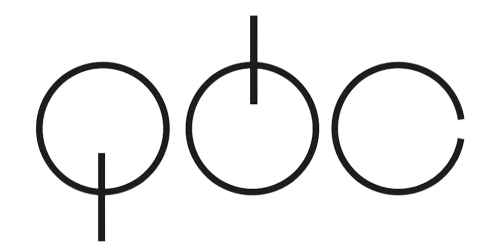Overhead application is required to meet certain accounting requirements, but is not needed for most decision-making activities. Applied overhead costs include any cost that cannot be directly assigned to a cost object, such as rent, administrative staff compensation, and insurance. A cost object is an item for which a cost is compiled, such as a product, product line, distribution channel, subsidiary, process, geographic region, or customer. Of course, management also has to price the product to cover the direct costs involved in the production, including direct labor, electricity, and raw materials.
Calculating Manufacturing Overhead Cost for an Individual Job
- Consequently, the amount of applied overhead may differ from the actual amount of overhead incurred by a business in any individual accounting period.
- Added to these issues is the nature of establishing an overhead rate, which is often completed months before being applied to specific jobs.
- The overhead is then applied to the cost of the product from the manufacturing overhead account.
- It does not represent an asset, liability, expense, or any other element of financial statements.
In this case, the difference needs to be added to the cost of goods sold (COGS). No matter how well-run a manufacturing company is or how good its estimations are, applied overhead invoice templates for free is still an estimation. At the end of the year or accounting period, the applied overhead will likely not conform precisely with the actual amount of overhead costs.
AccountingTools
Understanding and accurately calculating applied overhead is an invaluable tool in the managerial toolbox. This applies both to manufacturing veterans as well as newcomers just setting up shop. While it’s just one piece of manufacturing accounting, it can significantly aid in helping the big picture come into a clearer https://www.quick-bookkeeping.net/budget-tracker-planner/ focus. It does not represent an asset, liability, expense, or any other element of financial statements. Companies need to make certain the sales price is higher than the prime costs and the overhead costs. In some industries, the company has no control over the costs it must pay, like tire disposal fees.
What is the predetermined overhead rate?
A company that excels at monitoring and improving its overhead rate can improve its bottom line or profitability. The equation for the overhead rate is overhead (or indirect) costs divided by direct costs or whatever you’re measuring. Direct costs typically are direct labor, direct machine costs, or direct material costs—all expressed in dollar amounts. Each one of these is also known as an “activity driver” or “allocation measure.” Manufacturing overhead costs are the indirect expenses required to keep a company operational. Even though all businesses have some manufacturing overhead costs, not all of them are equal.
Variable Overhead Costs
By analyzing how costs are assigned to certain products or projects, management teams can make better-informed capital budgeting and financial-related operations decisions. In turn, with better analytics, management can achieve better capital use efficiency and return on invested capital, thereby increasing business valuation. Overhead refers to the ongoing business expenses not directly attributed depreciation tax shield calculation to creating a product or service. It is important for budgeting purposes and determining how much a company must charge for its products or services to make a profit. In short, overhead is any expense incurred to support the business while not being directly related to a specific product or service. In this case, for every product you manufacture, you allocate $25 in manufacturing overhead costs.
Let’s assume a company has overhead expenses that total $20 million for the period. Such variable overhead costs include shipping fees, bills for using the machinery, advertising campaigns, and other expenses directly affected by the scale of manufacturing. Fixed overhead costs are constant expenses that do not vary with the level of production or sales, such as rent, salaries, and insurance. Variable overhead costs, however, fluctuate in direct proportion to changes in production volume. The overhead rate is a cost added on to the direct costs of production in order to more accurately assess the profitability of each product.
Examples of manufacturing overhead costs include indirect materials, indirect labor, manufacturing utilities, and manufacturing equipment depreciation. Another way to view it is overhead costs are those production costs that are not categorized as direct materials or direct labor. Management analyzes the costs and selects the activity as the estimated activity base because it drives https://www.quick-bookkeeping.net/ the overhead costs of the unit. Add up all general business costs that are not directly tied to your cost object. If you are calculating applied overhead for a product, your indirect overhead costs may include materials you need that are not directly used in the product. For example, assume a manufacturer has $200,000 in total overhead after accounting for all indirect costs.
